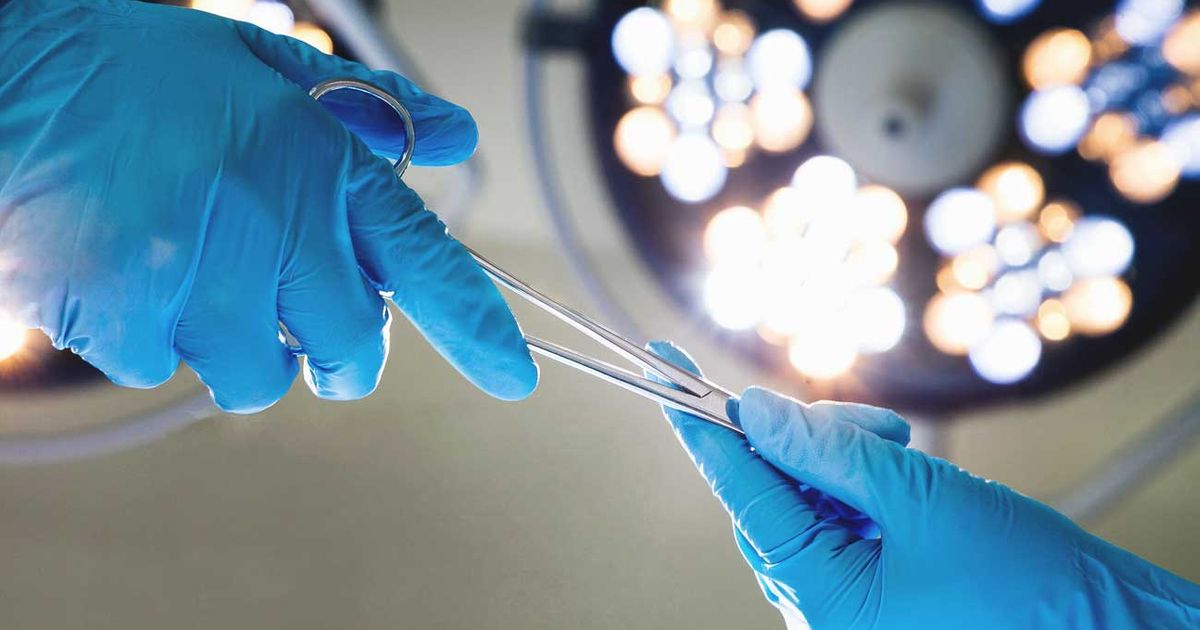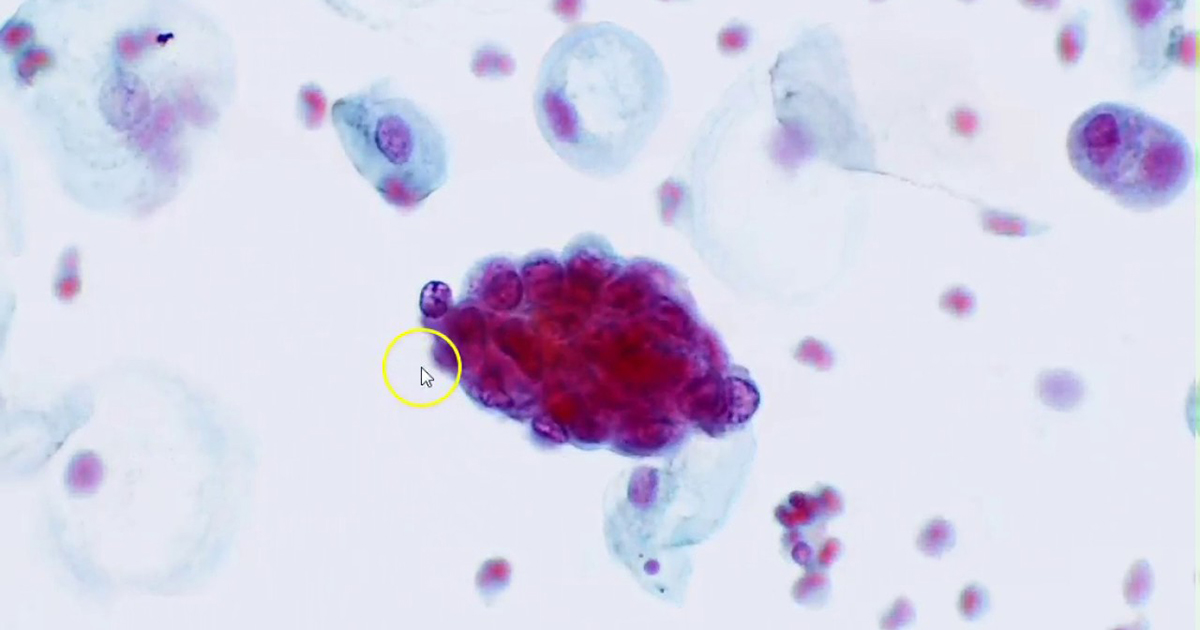Causes Of Endometriosis
Endometriosis is a serious medical condition that affects millions of women, and many of them don't even know they have it. The condition occurs when endometrial tissue is displaced from the uterus. This tissue follows the rules of the body's menstrual cycle by thickening, breaking down, and bleeding. But since it isn't located in the uterus, the tissue simply becomes trapped instead of exiting the body. Endometriosis has the potential to cause severe pain and fertility problems. There is not an exact cause known for endometriosis, unfortunately, and researchers aren't sure how endometrial tissue manages to migrate from place to place. But some explanations make sense.
Surgical Scarring

Many different surgeries involve the uterus and uterine lining, and two of the most common are C-sections and hysterectomies. After a woman has her uterus removed, it's possible there will be endometrial cells left behind. These cells might attach to the incision the surgeon made. Similarly, endometrial cells might attach to the C-section incision rather than remain in the uterus. The cells will thicken and bleed during the patient's main menstrual cycle, which can cause plenty of issues regarding the surgical scarring.
Continue reading to learn more about embryonic and endometrial cells next.
Embryonic And Endometrial Cells

Embryonic and endometrial cells are surprisingly related. Embryonic cells are cells in the earliest stage of development into a human being, and if a body detects embryonic cells, it will sometimes use high levels of estrogen to transform those cells into endometrial cell implants. The cells are liable to implant at any point in the reproductive system, including the ovaries and fallopian tubes. If they implant in the uterus, they should thicken and bleed with the rest of the uterine lining. This transformation of embryonic cells occurs most often when a girl is going through puberty. It's possible this is a defense mechanism for an underdeveloped body to avoid carrying a child.
Continue reading to learn about retrograde menstruation next.
